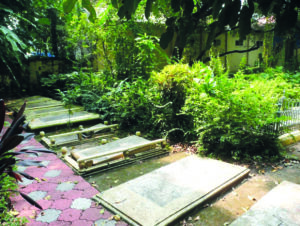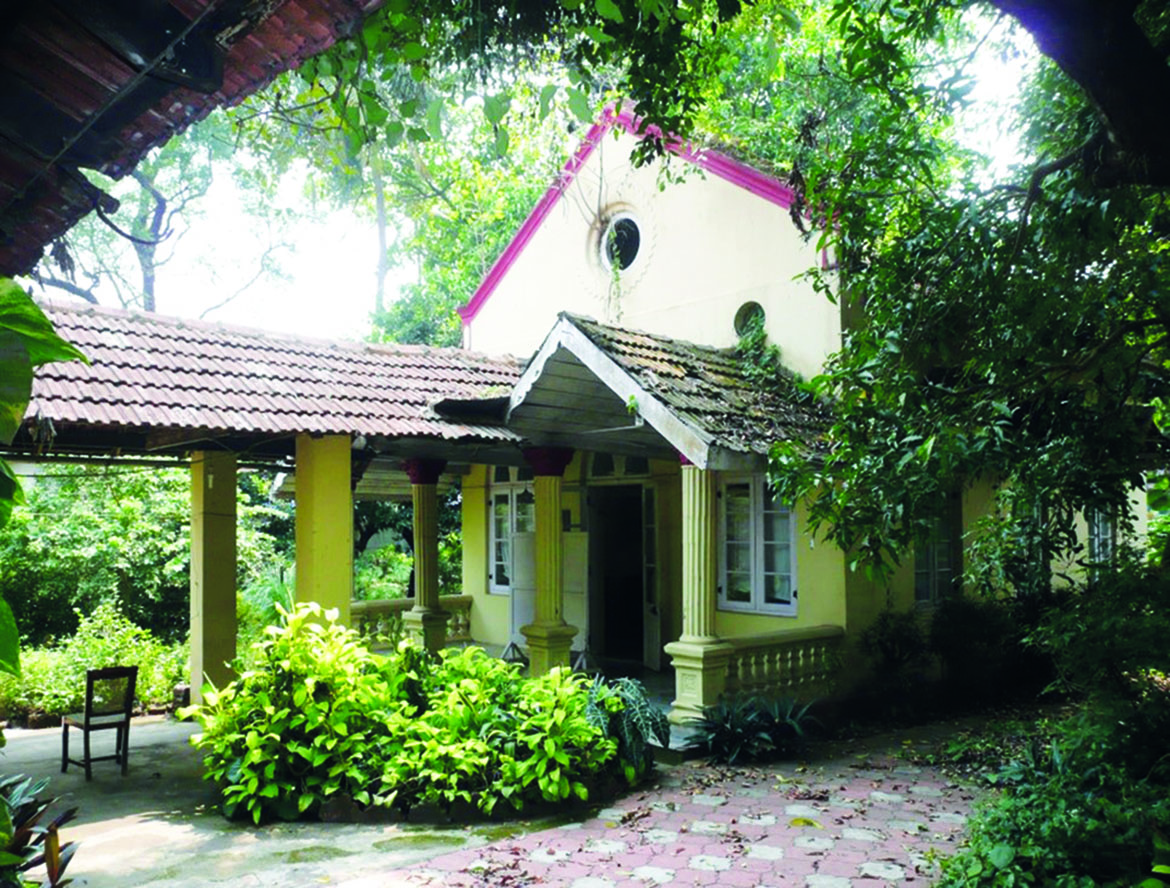 Calicut (or Kozhikode), a famous Indian city situated along the Malabar Coast in Kerala, dubbed as the ‘City of Spices’, was once a famous cotton-weaving center that gave its name to the ‘Calico cloth’. Before the 16th century, the origins of spices were either unknown or unaffordable, mainly because of its mysterious rarity! Hence, spice traders from Europe, sailed to distant, unfamiliar destinations like Malabar (Kerala), to procure various spices and trade, from far-off corners of the world, including China. While Columbus sailed West to discover America, the Portuguese explorer, Vasco da Gama sailed to the Malabar region of Kerala in 1498, thereby signaling a ‘spice race’.
Calicut (or Kozhikode), a famous Indian city situated along the Malabar Coast in Kerala, dubbed as the ‘City of Spices’, was once a famous cotton-weaving center that gave its name to the ‘Calico cloth’. Before the 16th century, the origins of spices were either unknown or unaffordable, mainly because of its mysterious rarity! Hence, spice traders from Europe, sailed to distant, unfamiliar destinations like Malabar (Kerala), to procure various spices and trade, from far-off corners of the world, including China. While Columbus sailed West to discover America, the Portuguese explorer, Vasco da Gama sailed to the Malabar region of Kerala in 1498, thereby signaling a ‘spice race’.
Calicut also became the hub for maritime traders dealing in timber, rosewood, rubber and coffee, besides spices. Later, the East India Company constructed a trading post in Calicut, in 1665, followed by the French in 1698, and the Dutch in 1752. In 1765, Tipu Sultan invaded Calicut, strategically entering the Malabar region.
Seth Dhanjibhai Manekji Mugaseth and his wife, Bai Khorshedbai, were perhaps the first Parsis to have moved to Calicut, sometime around mid-19th century, to set-up Malabar’s first steam-powered saw-mill, in one of the world’s busiest timber yards. The Feroke River nearby, carrying rich deposits of clay, attracted Seth Dhanjibhai, and he initiated the novel venture of manufacturing tiles from the river’s clay deposits. Today, Feroke houses over a dozen tile factories.
In 1862, Dr. Senjee Pulney Andy, an Indian physician and Superintendent of Vaccination at a Calicut clinic, met with Seth Dhanjibhai Mugaseth, who not only funded wards for the sick, but also willingly sponsored Dr. Andy’s crusade against smallpox. In addition to being elected as Municipal Council several times, Seth Dhanjibhai was also an advisor to the British Railway Ministry, and the first to campaign for railway extension to Calicut.
It was Seth Dhanjibhai Mugaseth, who first purchased land on Sweet Meat Street where, behind a small discreet gate, runs a passage under thick, green foliage, leading to a serene compound which accommodates neatly lined Parsi graves. This is Calicut’s Parsi Anjuman Baug that houses an Aaramgah, a quaint prayer hall, Mobed’s living quarters and a dharamshala – a self-contained, singular room, rented out to Parsi travelers. This Aaramgah is the only functional Parsi burial today in the entire state of Kerala, as even Cannanore (new name Kannur), despite having an old Parsi burial cemetery and a Prayer Hall, is not in use any more due to encroachment and abandonment.
In 1868, Seth Burjorji Faramji Mehta was the first Parsi laid to rest at the Calicut Aaramgah. The Prayer Hall, renovated in 1920, is one of the oldest Parsi religious institutions in peninsular India. Sadly, this blessed structure of the once thriving Parsi community in Calicut, today stands neglected and abandoned due to dearth of Mobeds (priests). Er. Faredoon Dastur, from Udvada, was the last resident Panthaky, who served here for over 25 years, till 1991.
Seth Dhunjibhai Mugaseth, the recipient of ‘Certificate of Honour’ on Queen Victoria’s Diamond Jubilee, had three sons – Seth Jehangir (1852 – 1914); Dr. Kobad (1872 – 1941) and Seth Khodadad. Dr. Kobad Mugaseth, KBE, was a renowned medical practitioner in the Malabar region. He lived in a bungalow that is presently used as the Mayor’s Residence. The Mugaseth family truly was the pioneer of Calicut Parsi Anjuman, and well-known for its magnanimity and benevolence, across all communities in the Malabar region.
Khan Bahadur Ardeshir Cooverji Dalal and his wife, Bai Dossibai, first established their salt and yarn business at Calicut, in 1876. The family established a flourishing business of rosewood export, when Khan Bahadur Ardeshir Dalal took the initiative of building shops on the perimeter of the Parsi Anjuman Baug, facing the main street, that till date, earns income for Calicut Anjuman.
Similarly, the family of Seth Nawrojee Heerjee and his wife, Bai Ruttanbai, owned a shop selling European imported goods and fancy items for the exclusive consumption of British residents. Seth Nawrojee Heerjee died in 1874 and was laid to rest at Calicut’s Parsi Anjuman Baug. One of the later Heerjees – Bomi, became a statesman and an advisor to the J&K Governor.
Unfortunately, immediately after World War I, due to the now infamous ‘1921 Maplah Revolt’, which led to the rise of communism in Kerala, many Parsis left Calicut. Today, only one Parsi family lives on in Calicut – that of late Darius and his wife, Katy Marshal.
Likewise, Tellicherry (renamed Thalassery) was once a thriving trading post for the East India Company, inaddition to being the British administrative Headquarters of the erstwhile Malabar district. In 1791 – 92, soon after the military invasion of the Malabar region by Tipu Sultan, Seth Hirjee Manekji Kharas arrived at Tellicherry for trading purposes and built an Aaramgah. The first grave at Tellicherry Aaramgah was that of Seth Meherwanji Lala, from Cochin, who passed away suddenly and was laid to rest in Tellicherry’s Parsi Aaramgah (Ref. Parsi Prakash Vol 1).
In Thalassery also lies a Parsi sponsored school, named ‘Basel Evangical Mission Parsi School’, established in 1856. Although a missionary school, it bears the name ‘Parsi’ as a mark of respect to Seth Kaikose Ruderasha, the Parsi philanthropist who donated generously for its development.
- મારા બાબા મારા સુપર હીરો! - 15 June2024
- ડબ્લયુઝેડઓટીએફના વરિષ્ઠ નાગરિક કેન્દ્ર ખાતે100માં જન્મદિવસની ઉજવણી - 15 June2024
- માસીના હોસ્પિટલમાં દએ મહીનાનું જશન - 15 June2024
